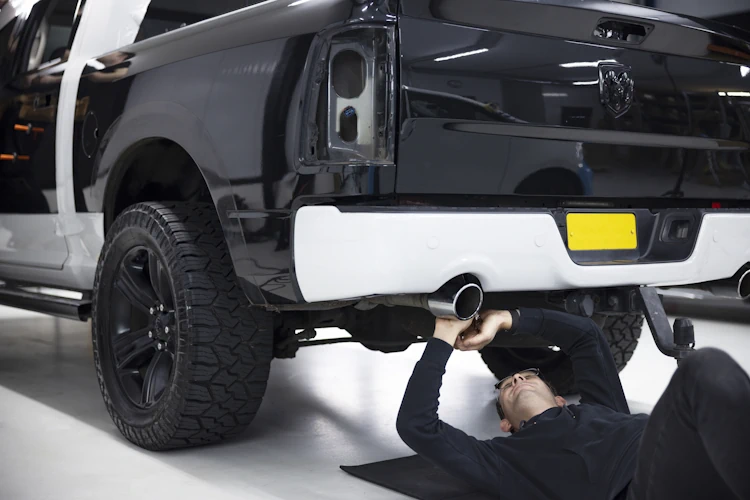In the world of towing, the connection between your vehicle and trailer is a critical factor in ensuring a safe and secure journey. Two commonly used components for this purpose are the tow ball and the tow bar tongue. Understanding the differences and knowing when to use each can make a significant impact on your towing experience. Let’s dive into the comparison and guide you on making the right connection for safe towing.
Importance of the towing connection
Before hitting the road, it’s crucial to recognize the significance of the connection between your towing vehicle and the trailer. This connection ensures stability, control, and safety throughout the journey.
Overview of tow ball and tow bar tongue
The tow ball and tow bar tongue are two distinct components that play a vital role in creating a secure link between the towing vehicle and the trailer. Each has its own set of features and advantages, catering to different towing needs.

Tow Ball
Definition and basic function
A tow ball, also known as a hitch ball, is a spherical attachment mounted on the rear of the towing vehicle. It provides a point of connection for the trailer’s coupler.
Types of tow balls
There are various types of tow balls, each designed for specific trailer couplers. Understanding the compatibility between tow balls and couplers is crucial for a secure connection.
Installation and considerations
Installing a tow ball involves securely attaching it to the vehicle’s tow bar. Proper installation and ensuring the right tow ball size for the trailer are essential for safe towing.
Tow Bar Tongue
Definition and basic function
The tow bar tongue, also known as a tow bar receiver or drawbar, is a horizontal bar that extends from the towing vehicle’s rear. It serves as the connection point for the trailer’s coupler.
Types of tow bar tongues
Tow bar tongues come in various designs, including fixed tongues and adjustable tongues. Choosing the right type depends on factors such as the trailer’s height and the towing vehicle’s specifications.
Installation and considerations
Installing a tow bar tongue involves attaching it to the tow bar receiver. Proper installation includes securing the tongue with bolts and ensuring it is compatible with the trailer’s coupler.
Tow Ball vs. Tow Bar Tongue: When to Use Each
Tow ball for simplicity
Tow balls are known for their simplicity and ease of use. They are suitable for trailers with a fixed coupler height, and their straightforward design makes them a popular choice for many towing scenarios.
Tow bar tongue for flexibility
Tow bar tongues offer more flexibility, especially with adjustable designs. They are ideal for trailers with varying coupler heights, providing versatility for different towing applications.
Considerations for specific towing needs
Choosing between a tow ball and a tow bar tongue depends on the specific requirements of your towing scenario. Consider factors such as trailer type, coupler design, and the need for height adjustments.
Safety Tips for Towing
Regular inspection of towing components
Before each towing journey, inspect the tow ball, tow bar tongue, and associated components for any signs of wear, damage, or corrosion. Addressing issues beforehand prevents potential hazards on the road.
Proper weight distribution
Ensure proper weight distribution between the towing vehicle and the trailer. Imbalanced weight can affect stability and control, leading to unsafe towing conditions.
Adequate trailer braking system
Confirm that the trailer is equipped with a reliable braking system. This ensures efficient braking, especially when towing heavy loads, enhancing overall safety.
Conclusion
In the tug-of-war between tow ball and tow bar tongue, the winner depends on your specific towing needs. Whether opting for simplicity with a tow ball or embracing flexibility with a tow bar tongue, prioritizing safety is paramount. Regular inspections, proper weight distribution, and a reliable braking system contribute to a secure towing experience.